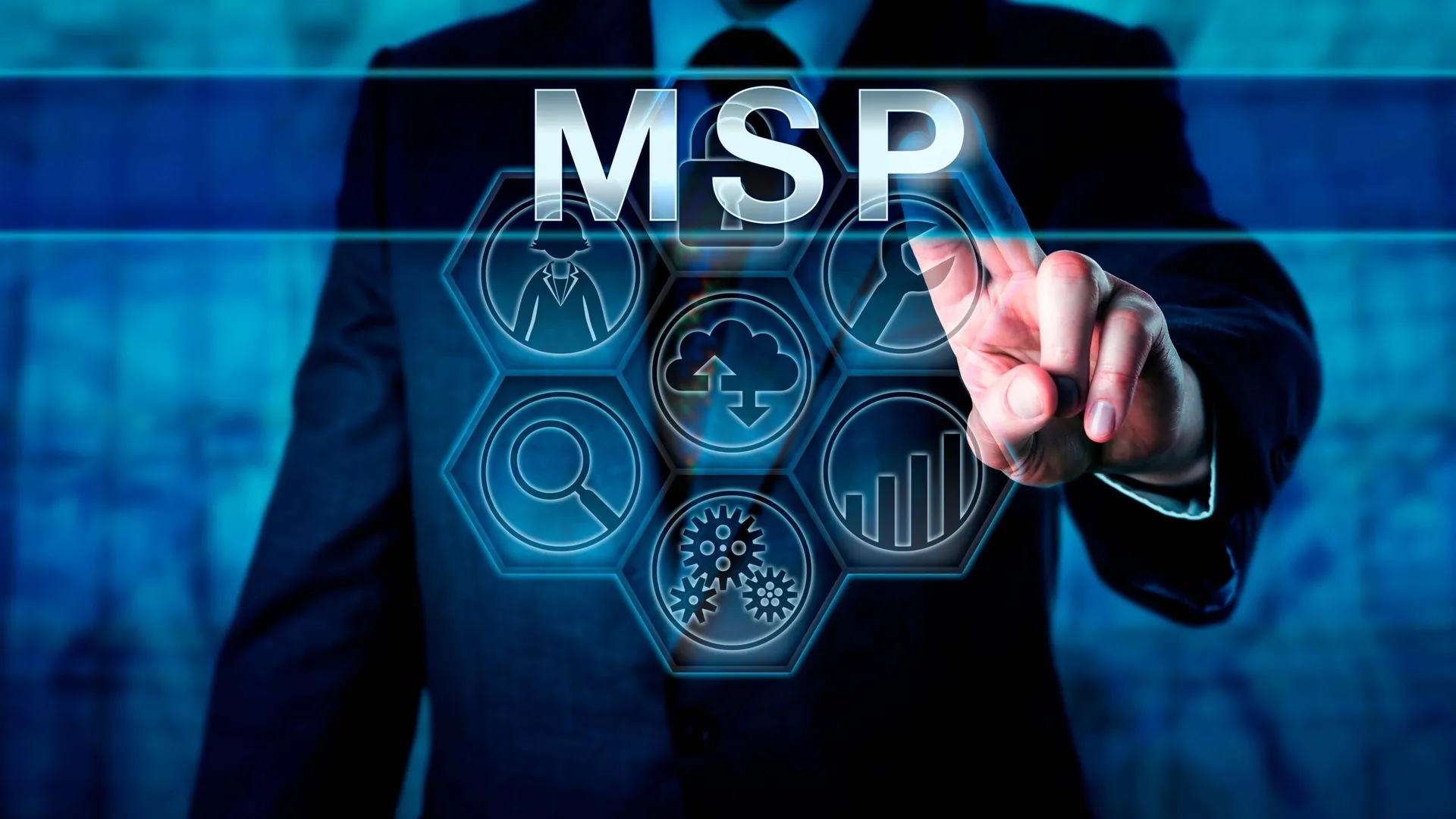As cyber threats get more sophisticated, cybersecurity becomes a top concern for organizations. In this context, MSPs face an unenviable task: they manage the IT infrastructure and services of multiple customers—often small and medium businesses, which tend to be cybercriminals’ preferred targets. This job is being made even more challenging due to the increased use of Internet of Things (IoT) devices and Bring Your Own Device (BYOD) policies in modern workplaces. This is bringing a vast array of connected devices into the corporate environment, which requires robust Attack Surface Management (ASM) to control.
In this article, we’ll look at the complexities that IoT and BYOD bring, why ASM is critical for MSPs, and how they can manage their attack surface effectively.
The Growing Attack Surface Challenge
ASM involves identifying, classifying, and securing all network-accessible assets with the goal to minimize exploitable entry points—i.e., the Attack Surface—and reduce the risk of a breach.
However, as IoT devices multiply and BYOD policies become increasingly common in the workplace, the attack surface expands as well. Each additional device, from smart thermostats to employee-owned smartphones, presents a new potential entry point for cybercriminals. This poses significant challenges for MSPs tasked with securing these increasingly diverse and dynamic environments.
For MSPs, managing this wide and varied attack surface for multiple clients becomes a huge and unrelenting task. A key challenge is visibility: Many MSPs grapple with incomplete knowledge of their clients’ network resources. They may see a plethora of IP addresses, but understanding what each represents in terms of the device, software, and practices in use is a different ball game. The lack of a detailed and dynamic inventory often leads to gaps in security deployments, making the MSPs and their customers vulnerable to breaches.
Why MSPs can’t afford to ignore ASM
The role of ASM in an MSP’s cybersecurity strategy cannot be overstated. By managing multiple client networks and systems, MSPs deal with diverse environments, each with their own set of assets and vulnerabilities. They are also under immense pressure to keep client data safe while ensuring smooth operations. This makes ASM not just important but essential.
However, ASM is not just a matter of protecting customer data and preventing service disruptions, although these are certainly key goals. ASM has also become a fundamental aspect of doing business for MSPs.
To begin with, ASM is integral to maintaining compliance with various industry regulations and standards, which often mandate maintaining an accurate inventory of network assets. Moreover, effective ASM goes beyond simply cataloging assets; it involves classifying these assets based on risk and documenting this information. This data is invaluable when a breach occurs, enabling the MSP to demonstrate due care and diligence during investigations and claims procedures, which is key for substantiating claims and increasing the likelihood of insurance payouts.
In other words, prioritizing ASM as part of your security strategy can help with shielding against cyber threats as well as creating a safety net in case of a security incident.
Managing the attack surface
To manage their attack surface and that of their customers, MSPs would greatly benefit from a robust strategy that includes:
- Asset identification: Understand what's on the network. This involves identifying and cataloging network-connected devices, including IoT and personal devices under a BYOD policy.
- Risk evaluation: Once assets are identified, you need to assess the associated risks, prioritizing assets based on their vulnerability to threats and potential impact on the network.
- Vulnerability control: You then need to take action to secure these assets. This could involve anything from patching outdated software and tightening network access controls to establishing stringent security policies for IoT and BYOD devices.
- Ongoing monitoring: This allows for timely identification of new assets and vulnerabilities, facilitating swift action and threat response.
To apply these best practices, you would also greatly benefit from a comprehensive security solution like N-able EDR. Its advanced Attack Surface Management feature helps MSPs minimize the attack surface by quickly identifying unknown and IoT devices, isolating suspicious devices from others on the network, and installing EDR on eligible devices that are not yet protected.
In essence, Attack Surface Management helps brings shadow IT and unmanaged devices into the light and into compliance. Beyond visibility, Attack Surface Management provides valuable insights into device type and role, and how it communicates over the network, allowing MSPs to pinpoint anomalies that could signal potential threats.
In the face of escalating cyber threats, evolving IoT, and BYOD policies, and increasing regulatory demands, ASM should be viewed as an essential part of an MSP’s cybersecurity strategy. N-able EDR and its advanced Attack Surface Management feature offer a powerful solution, providing the visibility and control MSPs need to help safeguard their customers’ environments, uphold compliance, and ensure they are ready to respond effectively in case of a breach.
As the cyber landscape continues to evolve, tools like Attack Surface Management will remain essential for MSPs, helping them protect their customers and their reputation in an increasingly interconnected world.
Guest blog courtesy of N-able. Emma Nistor is senior product marketing manager, N-able EDR.




